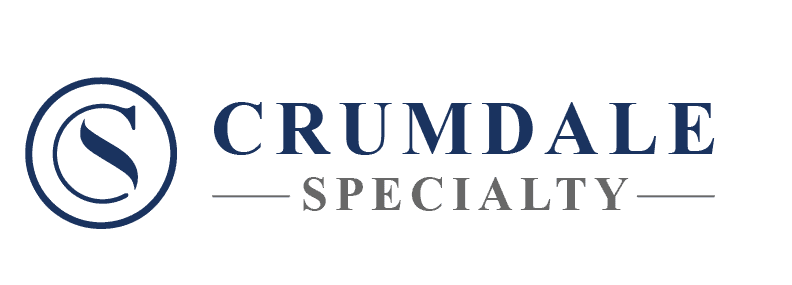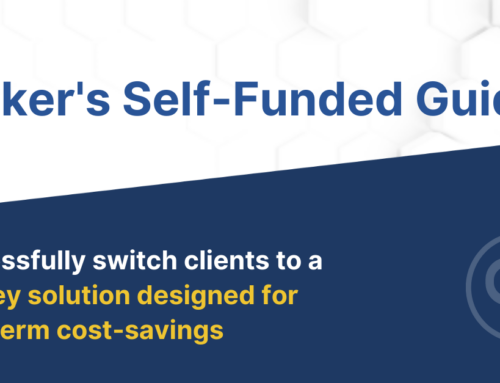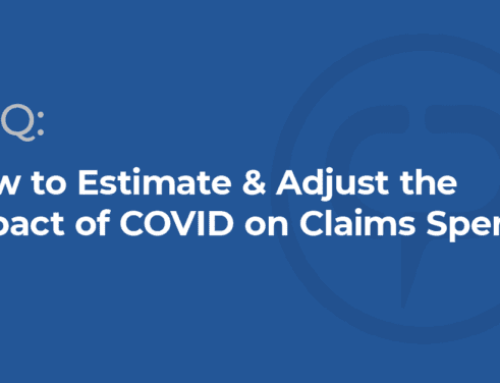Those in the stop-loss market have heard the phrase “leveraged trend” when discussing renewal calculations with your stop-loss carrier. While few understand how this works, many have seen its significant impact on your clients’ stop-loss renewals. So, let’s explore what leveraged trend means, how it works, and more importantly, what you can do to offset its effects to save clients money.
What Is Leveraged Trend, and How Is It Calculated?
Leveraged trend is the effect of first dollar claim inflation, ranging from 5% to 10%, on individual stop-loss claims. The impact of leveraged trend increases as the individual stop-loss deductible increases.
Examples Illustrating Leveraged Trend
Client A has a $50,000 individual stop-loss deductible and has a member who incurred $100,000 in claims in the policy year. The amount of the claim reimbursable to the employer is $50,000. Assuming a 5% claim inflation, we know that the same claim will be $105,000 in the upcoming policy period.
So, while the first dollar trend is only 5%, the amount over the individual stop-loss deductible will increase by 10% (the leveraged trend), from $50,000 to $55,000.
Client B has a $75,000 individual stop-loss deductible and has a member who also incurred $100,000 in claims in the policy year. The amount of the claim reimbursable to the employer is $25,000. Assuming the same 5% claim inflation, we know that claim will be $105,000 in the upcoming policy period.
This means the amount over the individual stop-loss deductible will now increase by 20% (the leveraged trend), from $25,000 to $30,000.
The Leveraged Trend Cost Impact
This is why even though total medical claims may only increase at 5% per year, groups may see much higher increases on their stop-loss premiums due to leveraged trend.
How to “Bend” the Leveraged Trend Curve
There are several options available to help offset the impact of leveraged trend.
- PBM, Network and Cost Savings Programs: Consider moving to a more controlled formulary with your PBM, adding a reference-based pricing network option, or instituting claim control measures with your TPA – any of which would impact the first dollar trend, and by extension, the impact of leveraged trend.
- Increase the Individual Stop-Loss Deductible: Contemplate increasing the individual stop-loss deductible in an amount equal to the first dollar trend. For example, if the annual trend is 5%, you could increase the employer’s $100,000 individual deductible to $105,000. Such a change would have minimal impact on the risk-share to the employer but would help lower overall fixed costs and offset the impact of leveraged trend.
- Aggregating Specific Deductible (ASD): Most carriers offer a dollar-for-dollar offset to ISL premium if an aggregating specific deductible is added. There is little downside to the employer as the ISL premium reduces by the amount of the ASD and is only payable if there are claims exceeding the individual deductible level, making this an excellent option to offset leveraged trend.
The stop-loss division of Crumdale Specialty, Resolute Underwriting Strategies, has years of experience in crafting cost containment solutions for self-funded customers. We will work with you to “bend” the leveraged trend cost curve for your clients to avoid any catastrophic renewal increases.







